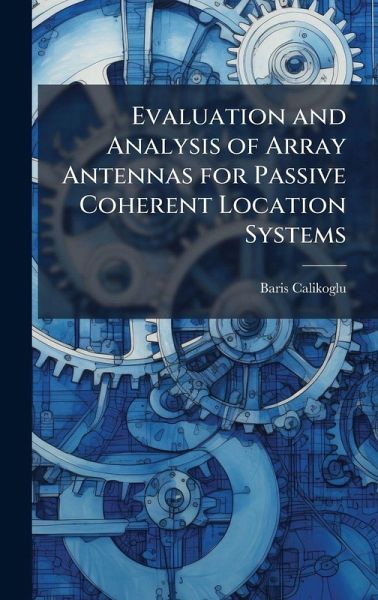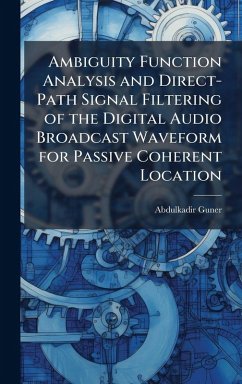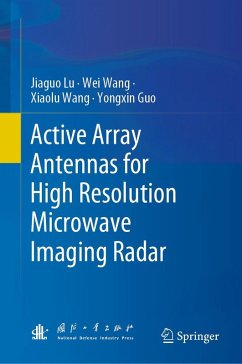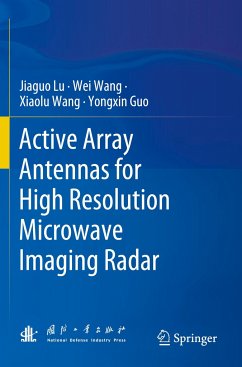
Evaluation and Analysis of Array Antennas for Passive Coherent Location Systems
Versandkostenfrei!
Versandfertig in über 4 Wochen
30,99 €
inkl. MwSt.
Weitere Ausgaben:

PAYBACK Punkte
15 °P sammeln!
Passive Coherent Location (PCL) systems use a special form of a radar receiver that exploits the ambient radiation in the environment to detect and track targets. Typical transmissions of opportunity that might be exploited include television and FM radiobroadcasts. PCL implies the use of a non-radar electromagnetic sources of illumination, such as commercial radio or television broadcasts, also referred as transmitters of opportunity. The use of such illumination sources means that the receiver needs to process waveforms that are not designed for radar purposes. As a consequence, the receiver...
Passive Coherent Location (PCL) systems use a special form of a radar receiver that exploits the ambient radiation in the environment to detect and track targets. Typical transmissions of opportunity that might be exploited include television and FM radiobroadcasts. PCL implies the use of a non-radar electromagnetic sources of illumination, such as commercial radio or television broadcasts, also referred as transmitters of opportunity. The use of such illumination sources means that the receiver needs to process waveforms that are not designed for radar purposes. As a consequence, the receivers for PCL systems must be much more customized than traditional receivers, in order to obtain the most appropriate and best signal. Since antennas are the eyes of the receivers, processing of an incoming signal starts with the antennas. Yet, because PCL system is non-traditional, there has not been much work done in the evaluation of the antennas, even though PCL systems have some demanding constraints on the antenna system. During this research various array antenna designs will be studied by their radiation patterns, gain factors, input impedances, power efficiencies, and other features by simulating these arrays in the computer environment. The goal is to show the better performance of the array antennas compared to traditional Yagi-Uda antennas that are currently used for PCL systems. This work has been selected by scholars as being culturally important, and is part of the knowledge base of civilization as we know it. This work was reproduced from the original artifact, and remains as true to the original work as possible. Therefore, you will see the original copyright references, library stamps (as most of these works have been housed in our most important libraries around the world), and other notations in the work. This work is in the public domain in the United States of America, and possibly other nations. Within the United States, you may freely copy and distribute this work, as no entity (individual or corporate) has a copyright on the body of the work. As a reproduction of a historical artifact, this work may contain missing or blurred pages, poor pictures, errant marks, etc. Scholars believe, and we concur, that this work is important enough to be preserved, reproduced, and made generally available to the public. We appreciate your support of the preservation process, and thank you for being an important part of keeping this knowledge alive and relevant.












